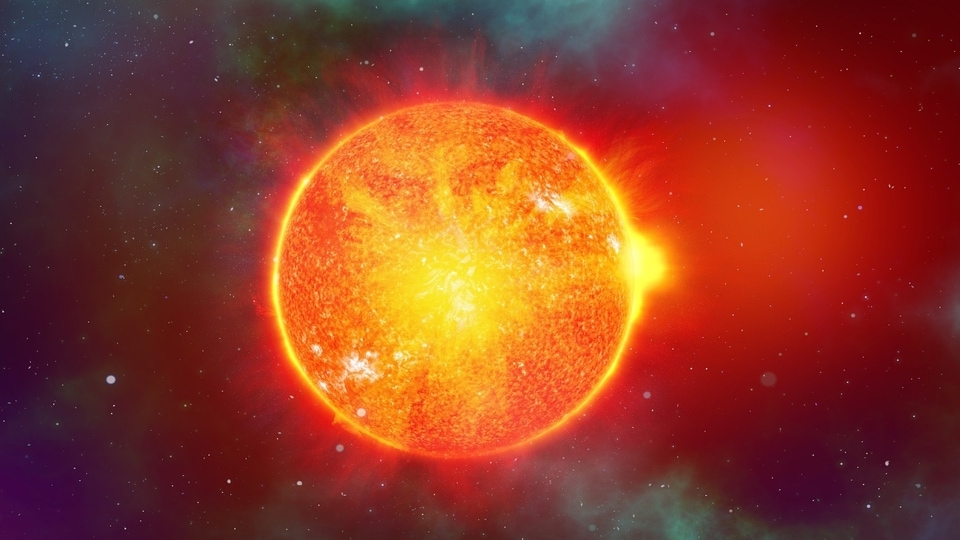Weird threat! NASA detects Ring-shaped sunspot; Solar storm fears rise for Earth
In the southern hemisphere of the Sun, a ring-shaped sunspot has been detected by the NASA Solar Dynamics Observatory, Which has expanded at a furious rate over the last 24 hours. Is another solar storm coming for the Earth?






 View all Images
View all ImagesEarlier, the National Oceanic and Atmospheric Administration had revealed that as many as four sunspots have been detected on the Earth-facing side of the Sun, among which one was likely to erupt a C1-class solar flare and eject it towards our planet. However, in the last 24 hours, the situation has far worsened. The NASA Solar Dynamics Observatory (SDO) has detected an unusual sunspot group which is shaped like a ring. The sunspot group has grown more than ten times in the last 24 hours and has now created a big concern about incoming solar storms in coming days.
The development was reported by SpaceWeather.com which noted in its website, “A new sunspot is materializing in the sun's southern hemisphere. The unusual ring-shaped 'spot has increased 10-fold in size since yesterday and it could soon pose a threat for Earth-directed solar flares”.
Solar storm scare as sunspot grows 10-fold
There are two factors that govern whether a sunspot can explode and send solar storms towards the Earth or not. The first is the size of the sunspot. The larger a sunspot, the higher magnetic flux it contains within itself. This region conflicts with the rest of the Sun's surface and its normal magnetic field lines. As the conflict increases, the pressure within the sunspot builds up and it explodes. However, not all large sunspots explode.
This brings us to the second factor which is how concentrated the magnetic flux within a sunspot is. The darker a sunspot appears on the Sun, the higher the chances for explosion. Darker sunspots also have a considerably lower temperature which lead to frequent eruptions so the convection of heat can continue.
Scarily, this sunspot group fulfills both these criterias and that's why there is a chance that a severe solar storm can strike the Earth. An extreme solar storm event (G5-class) can cause major damage to our planet. The resultant solar storm could be equivalent to the Carrington event of 1859 which is the largest recorded solar storm on Earth. A solar storm like that today can be quite terrifying. It can disrupt GPS, hamper mobile networks and the internet and even cause a massive power outage by corrupting the power grids. Even the electronic devices on Earth are not safe from malfunctioning.
The role of the NASA Solar Dynamics Observatory
The NASA Solar Dynamics Observatory (SDO) carries a full suite of instruments to observe the Sun and has been doing so since 2010. It uses three very crucial instruments to collect data from various solar activities. They include Helioseismic and Magnetic Imager (HMI) which takes high-resolution measurements of the longitudinal and vector magnetic field over the entire visible solar disk, Extreme Ultraviolet Variability Experiment (EVE) which measures the Sun's extreme ultraviolet irradiance and Atmospheric Imaging Assembly (AIA) which provides continuous full-disk observations of the solar chromosphere and corona in seven extreme ultraviolet (EUV) channels.
Catch all the Latest Tech News, Mobile News, Laptop News, Gaming news, Wearables News , How To News, also keep up with us on Whatsapp channel,Twitter, Facebook, Google News, and Instagram. For our latest videos, subscribe to our YouTube channel.
































